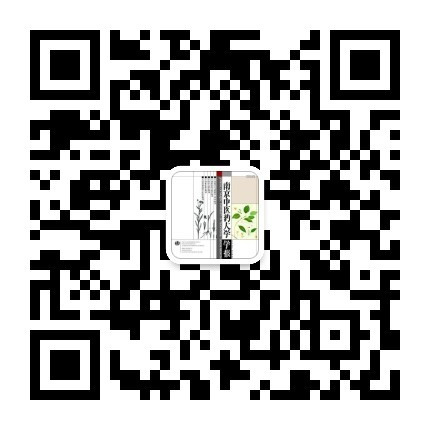| 叶放,周学平,程海波,吴勉华,周仲瑛.基于整体观理解和创新中医病机辨证新理论[J].南京中医药大学学报(社会科学版),2017,33(5):436-439. |
| 基于整体观理解和创新中医病机辨证新理论 |
| Understanding and Innovation of New Theory of TCM Syndrome Differentiation Based on Holism |
| 投稿时间:2017-07-14 修订日期:2017-08-22 |
| DOI: |
| 中文关键词: 整体观 气为一元 辨证论治 病机 |
| 英文关键词: holism theory of qi-monism syndrome differentiation and treatment pathogenesis |
| 基金项目: |
|
| 摘要点击次数: 1597 |
| 全文下载次数: 1643 |
| 中文摘要: |
| 认为气一元论是中医理论的核心,指导着中医的辨证论治。中医现有的各辨证方法,如八纲辨证、五脏辨证、气血津液辨证、六经辨证等都是为实现人体阴平阳秘状态所采用的认识病机的方法。中医病机,实质上是指以中医的视角和思维认识从健康到疾病发生、发展的机制,而气为一元与阴阳、藏象、气血津液、六经等学说共同构成了中医整体观的认识论基础。 |
| 英文摘要: |
| It is believed that theory of qi-monism is the core of TCM theories, which guides the syndrome differentiation and treatment of TCM. The different differentiations methods of TCM, such as syndrome differentiation in accordance with eight principles, syndrome differentiation in accordance with five-zang organs, syndrome differentiation in accordance with qi, blood and body fluid and syndrome differentiation in accordance with six meridians, are all the methods used to understanding the pathogenesis of human body's yin-yang balance. In fact, TCM pathogenesis refers to understand the mechanism of health, occurrence and development of disease from the perspective and thinking of Chinese medicine. While, theory of qi-monism combined with theories of yin and yang, visceral manifestations, qi, blood and body fluid, six meridians, constitutes the epistemological basis of the holism of TCM. |
|
查看全文
查看/发表评论 下载PDF阅读器 |
| 关闭 |
